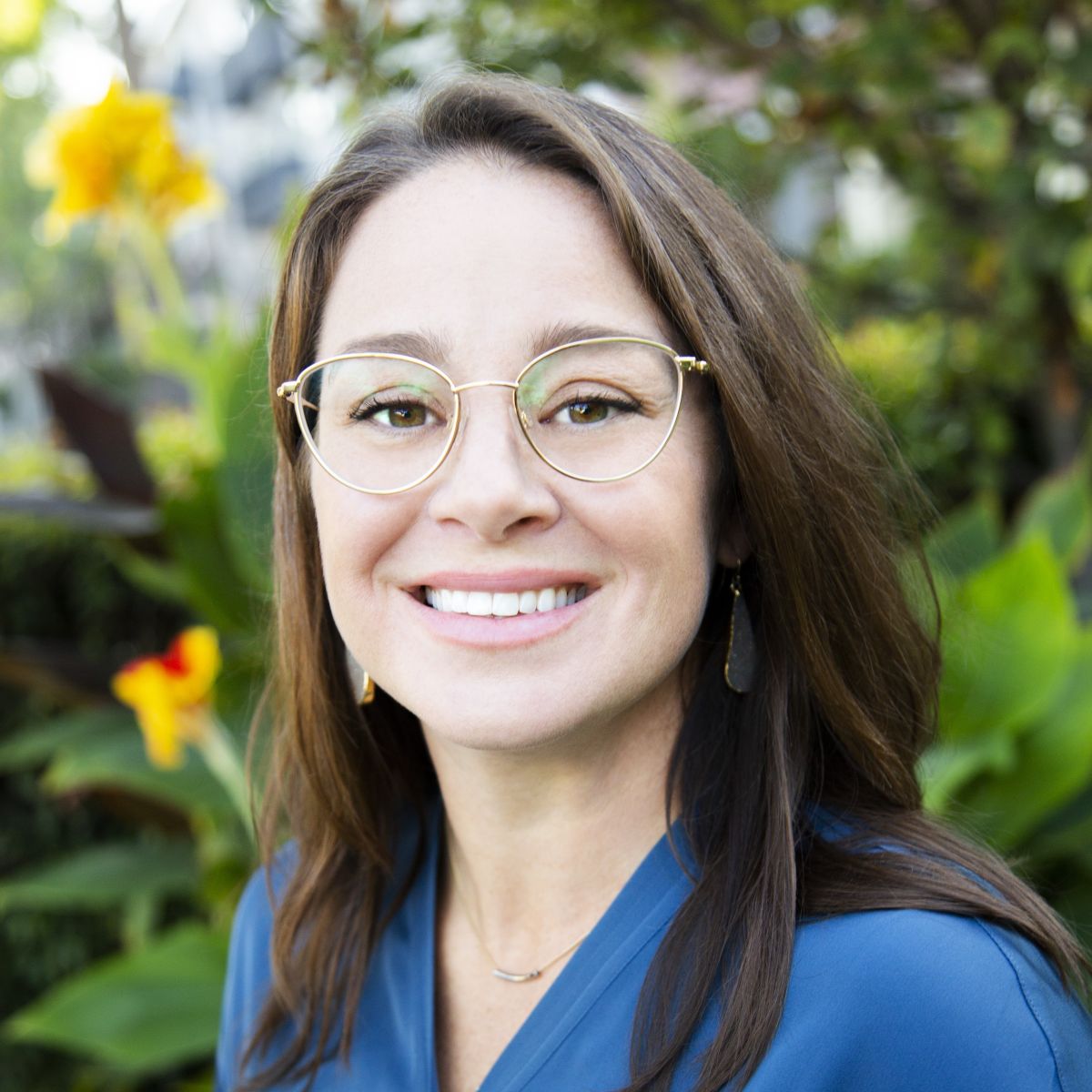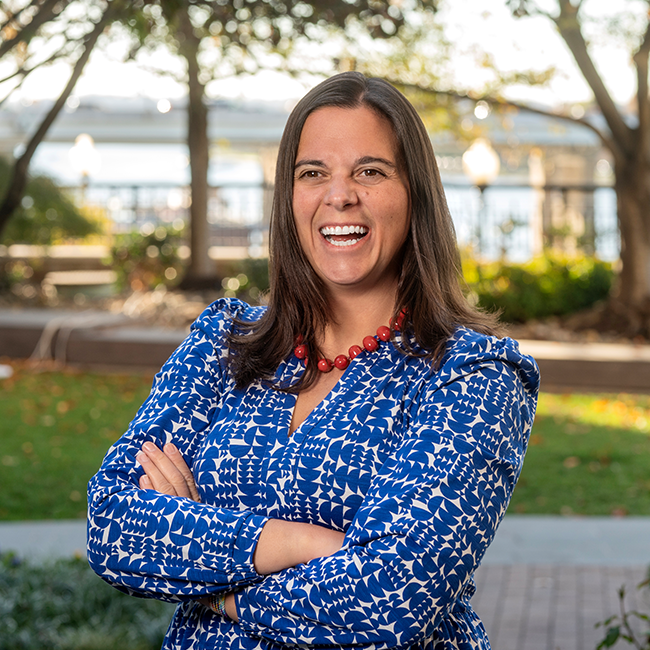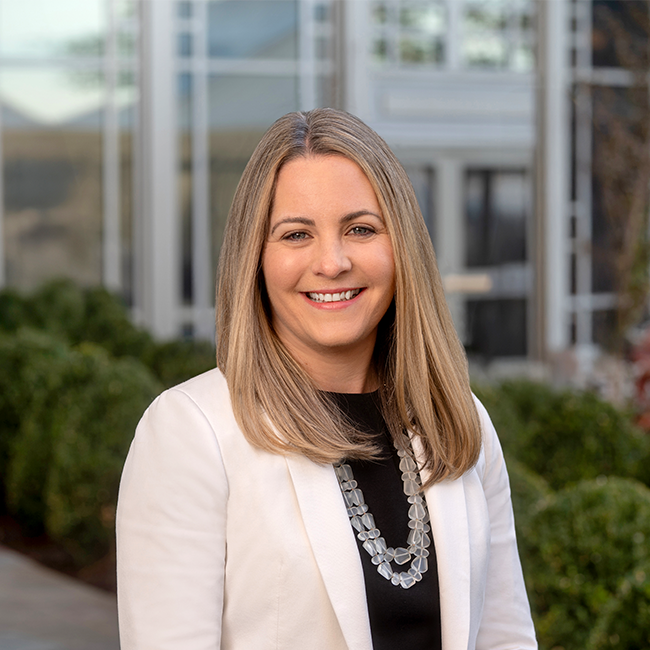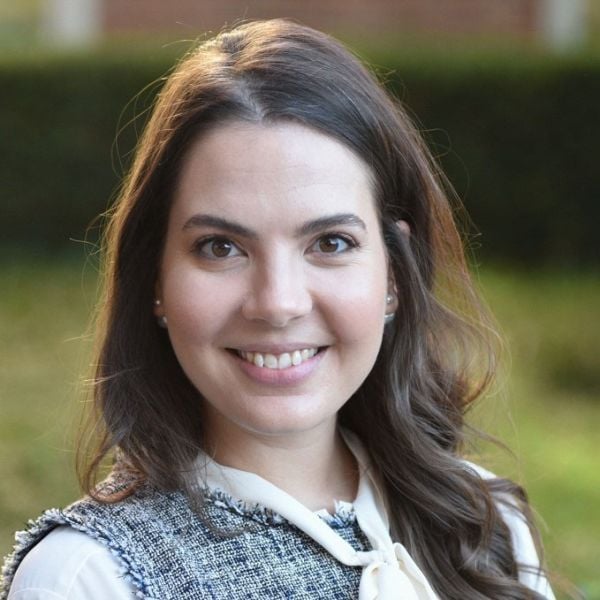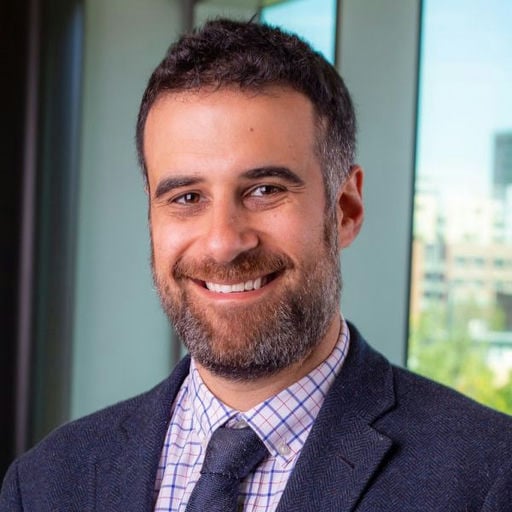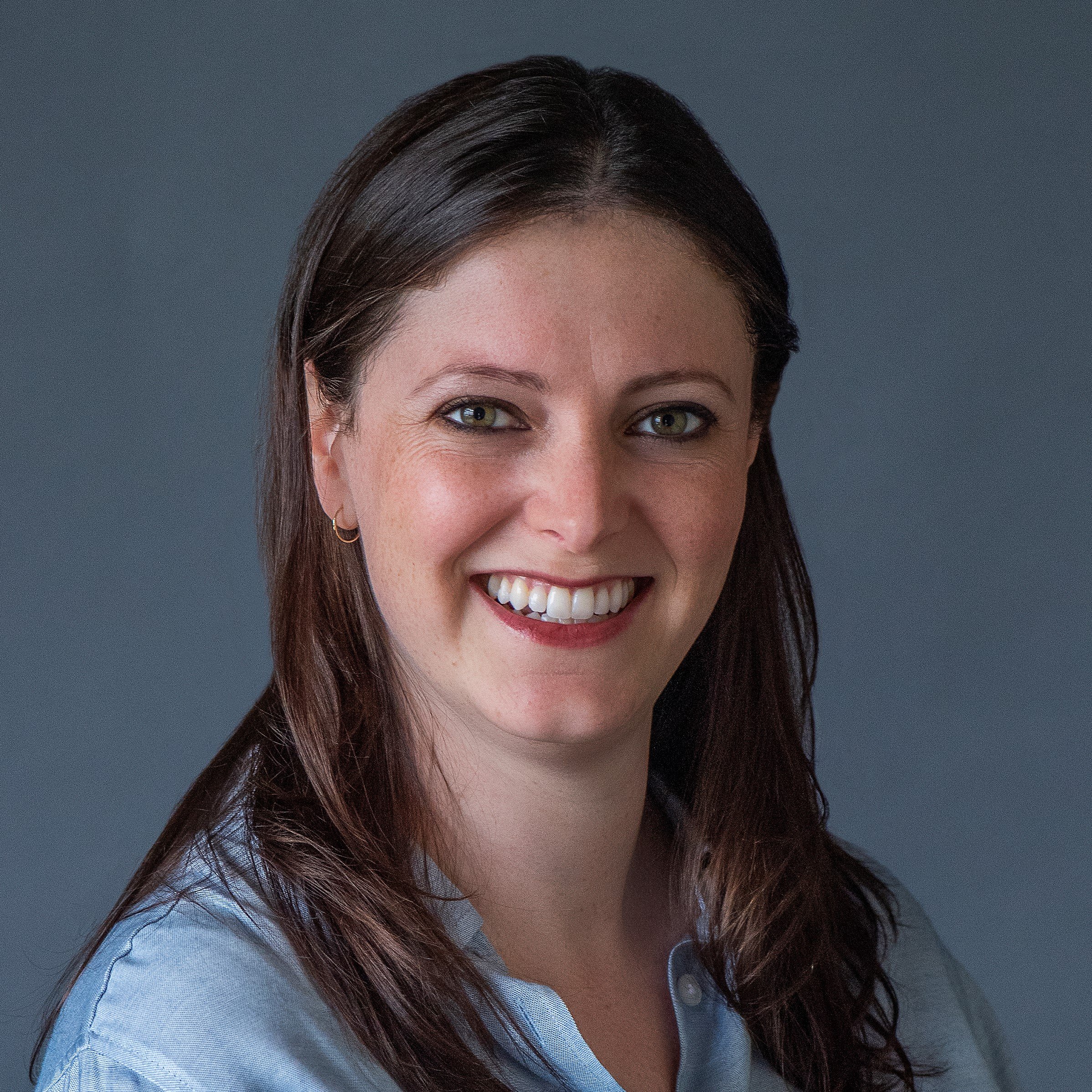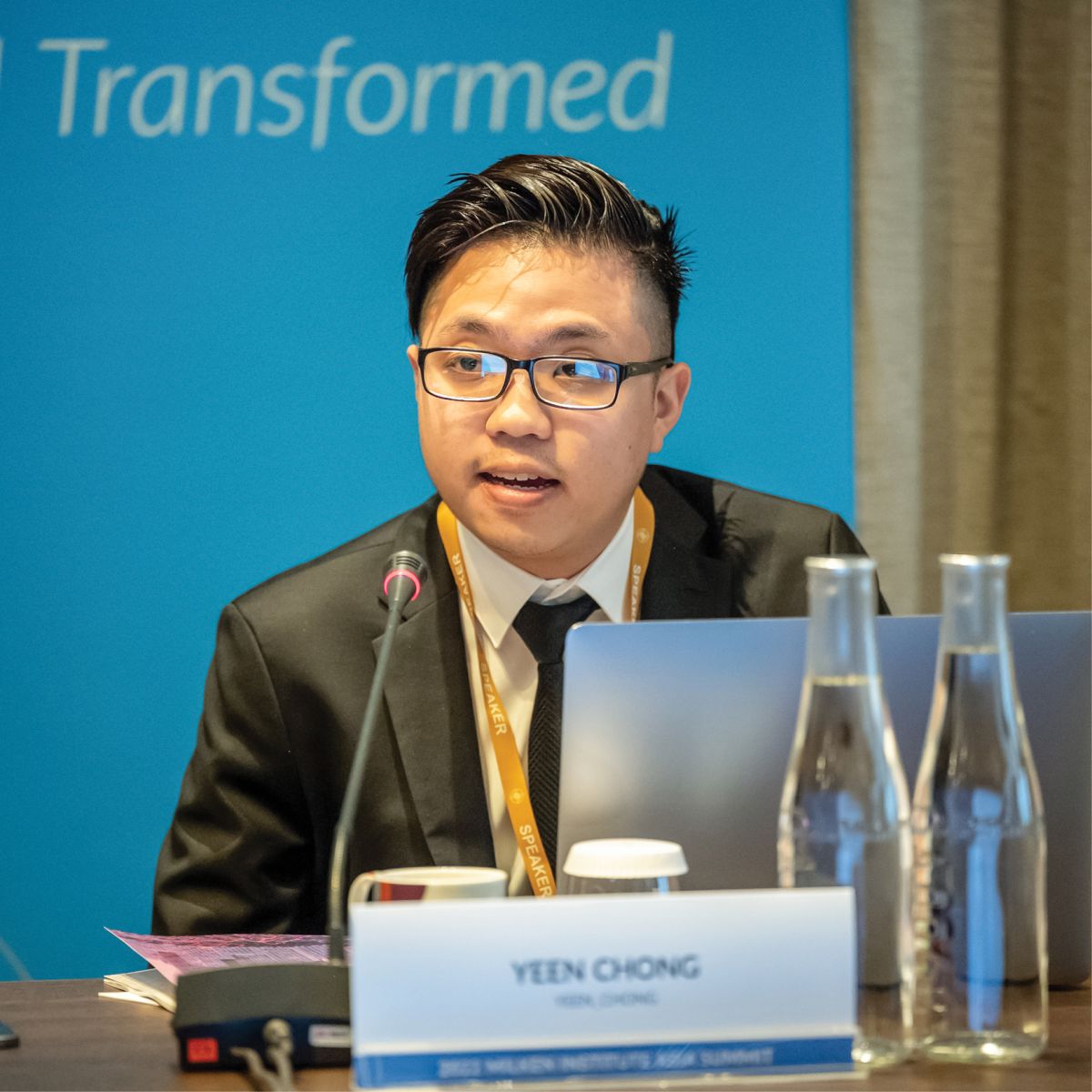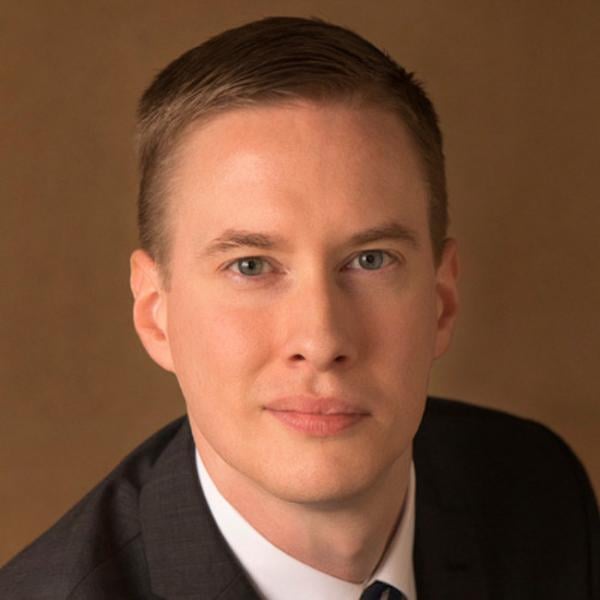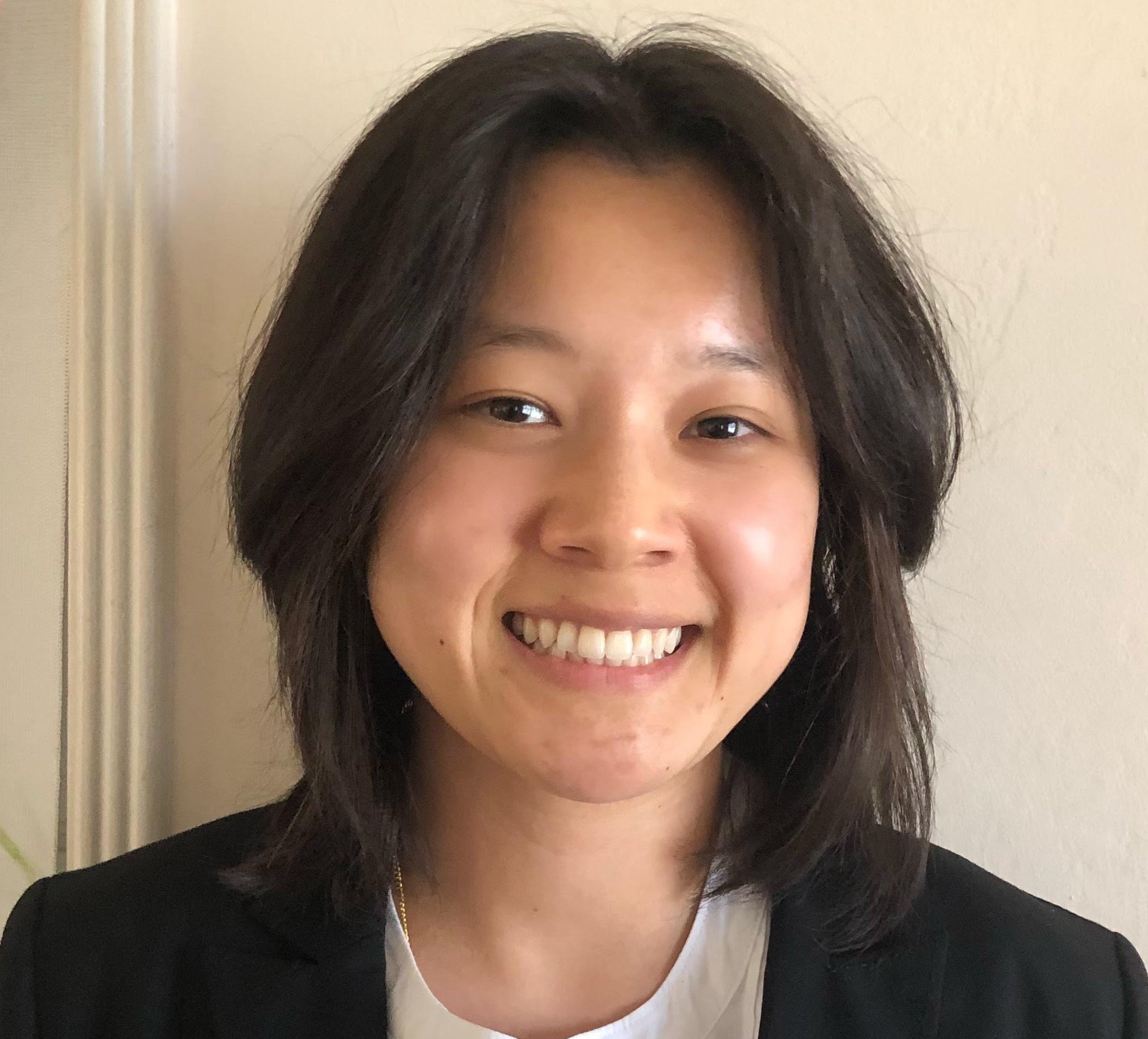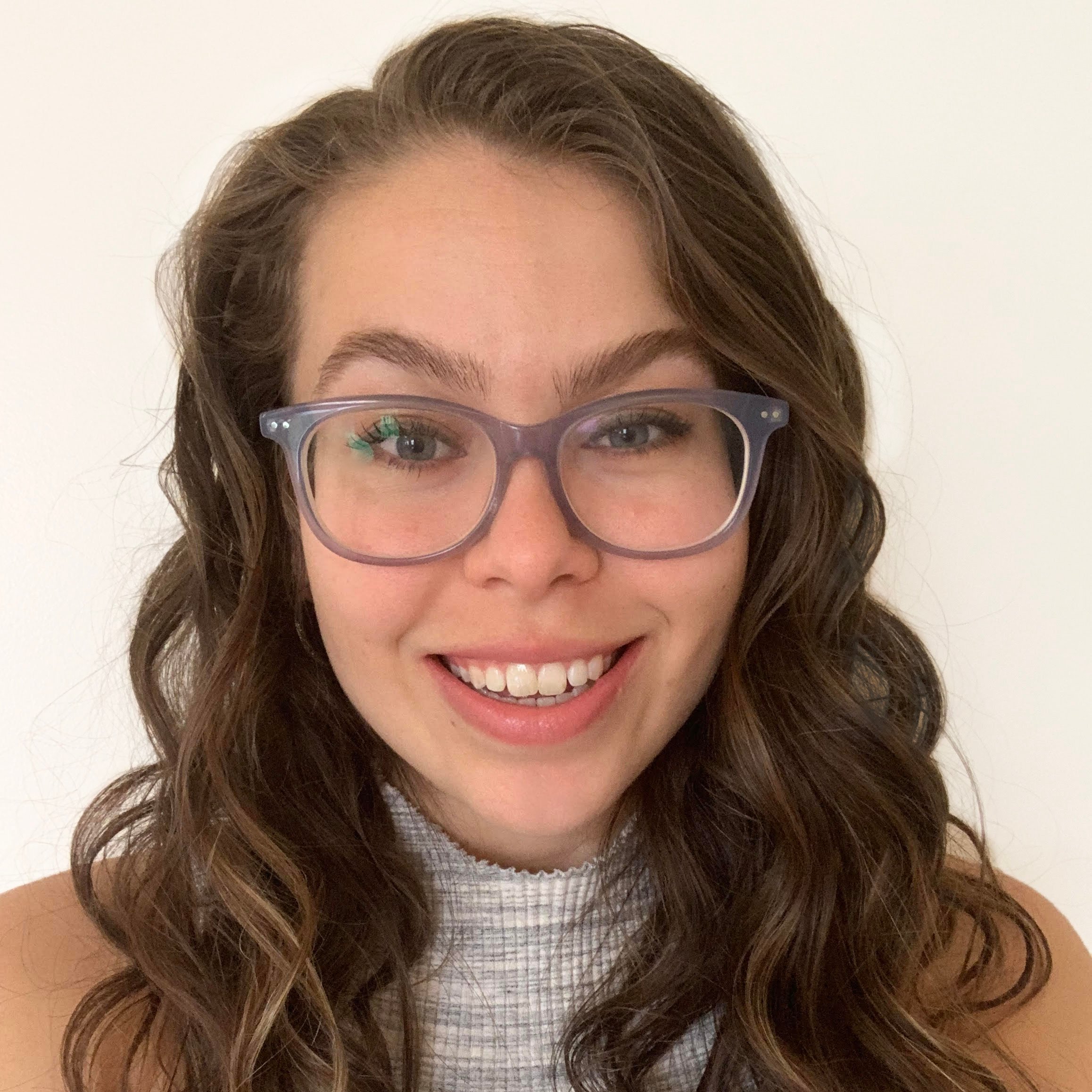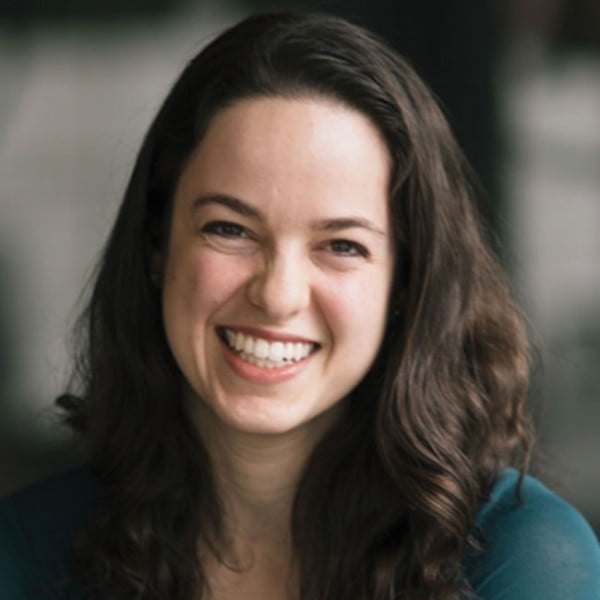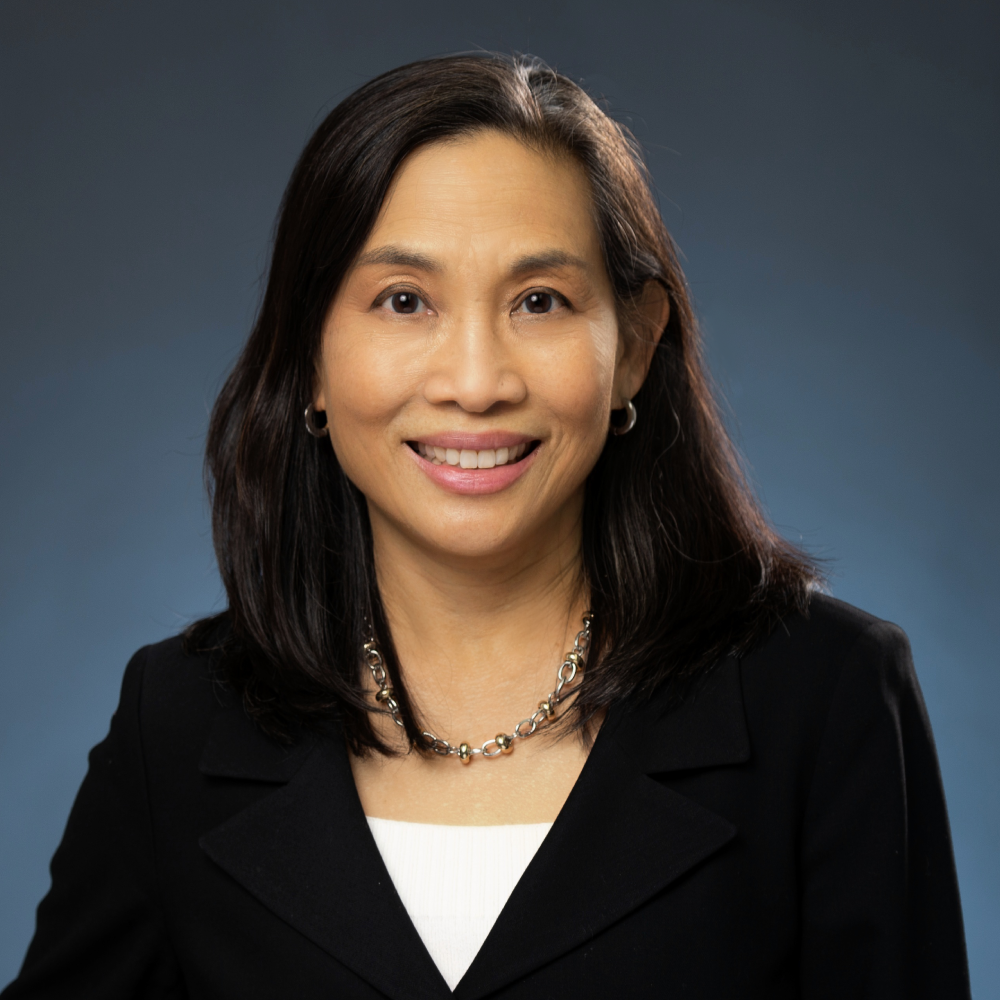Submitted electronically
Little Hoover Commission
925 L St., Suite 805
Sacramento, CA 95814
Dear Chairman Nava and Commissioners,
Thank you for your dedication to studying the early implementation of California’s Master Plan for Aging (MPA) to ensure progress on its important goals. The Milken Institute appreciates the opportunity to provide information in support of the MPA’s goal to increase the development of housing options that meet the needs of all, regardless of income, ability, age, race, or household size.
The Milken Institute is a nonprofit, nonpartisan think tank focused on accelerating measurable progress on the path to a meaningful life. Through our aging work, we advance healthy longevity and financial security for all through high-impact policies, research, convenings, and multisector partnerships. In this testimony, I will share the Milken Institute’s current research on expanding housing and care options for middle-income older adults.
According to a National Investment Center for Senior Housing and Care (NIC) study conducted by NORC at the University of Chicago, more than half of middle-income Americans aged 75 or older—a projected 14.4 million people—will not be able to afford the housing and care they will need or want by 2029.1 Coined by NIC as the “Forgotten Middle,” middle-income older adults are those who have an income and assets above the thresholds for Medicaid and housing support programs but lack substantial personal savings. These older adults are more likely to struggle to afford the long-term care—either at home or in congregate settings—that may become necessary as they age. The barriers that exist to closing this gap at a national scale, as well as interrelated solutions, were analyzed through the Milken Institute’s research and can inform California leaders in applying lessons learned and innovating new care models.
Over the past year, the Milken Institute has tackled the pressing issue of housing and care for the Forgotten Middle. Our team conducted over 80 expert interviews of stakeholders across sectors—including senior housing and care, health care, finance, research, and advocacy, while analyzing the current landscape and significant barriers to serving middle-income older adults.
The interviews, workshop, and working group process of our Financial Innovations Lab® resulted in recommendations to improve housing financing and care delivery for this population. These recommendations closely align with two of the Master Plan for Aging’s five bold goals: (1) Housing for All Stages & Ages and (2) Health Reimagined, which this testimony addresses in turn.
Housing and Care Landscape
As Americans age, their choices about where to live and who will care for them when they need it are shaped by financial resources, health status, familial circumstances, desire for community engagement, and a host of other personal factors. A spectrum of housing and care options exists to meet diverse wants and needs, including congregate living in traditional residential care facilities (e.g., assisted living) and home health programs for aging-in-place. But these options are financially out of reach for many—traditional Medicare does not pay for senior housing or long-term care, and Medicaid covers skilled nursing facilities and certain services at home for those with the lowest incomes. With a projected cost of $75,000 annually, 89 percent of middle- middle-income older adults in California will not be able to afford assisted living rent and medical care costs in 2033.
Bright spots exist, but broader efforts are needed. There is also potential to leverage successful programs such as CalAIM, the Program of All-Inclusive Care for the Elderly (PACE), and Medicare Special Needs Plans to serve middle-income older adults. Increased integration of health care and home care (i.e., non-medical assistance to aid with activities of daily living), incorporation of prevention and the social determinants of health in health care, and the adoption of technologies and systems that move care out of the four walls of the clinic or institution are driving the emergence of new options holding great promise. Innovative financing and care arrangements will be integral to scaling solutions.
Housing for All Stages and Ages
By now, you are familiar with the target of MPA Goal #1: to implement “millions of new housing options to age well.” This goal highlights the significance of supporting the production, protection, and preservation of affordable housing, including retirement communities and long-term care facilities.
The development and procurement of senior housing and care facilities is a highly specialized area, requiring knowledge of specific and varying requirements for serving older adult populations. With the middle-income older adult population of California set to increase by 60 percent by 2033, significant investment and innovative tools for funding and land acquisition will be needed to meet demand. Our research uncovered that a crucial piece to the financing puzzle for middle-income senior housing and care is addressing predevelopment costs, which can include site acquisition. A lack of funding support for predevelopment costs often inhibits developers seeking to serve the middle market from moving forward on projects. Whereas affordable housing developments can rely on public subsidies to offset these costs, middle-income housing developers have limited access to this already constrained pool of capital.
A promising solution surfaced by our research is the usage of land banks or land trusts to subsidize any incurred predevelopment costs. A land bank is a virtual bank—a detailed computer listing of all available parcels—that a government entity has gained title to through tax foreclosure, eminent domain, purchase, or donation. In a typical land bank, the city obtains the title, deposits the land into the bank, wipes the property clean of all municipal liens, and then provides the land for a published cost to responsible owners who agree to maintain and redevelop the property—in this case for middle-income housing serving older adults. In return, the buyer must offer the city proof that it will place the property into productive reuse within a reasonable timeframe and meet other conditions, which can include sharing data. The land bank can finance its activities by selling properties, issuing bonds, receiving grants, and accepting donations of money and land.
Our research also confirmed that traditional senior living is not the only option for older adults. By considering alternative options like aging in place, cohousing, or existing multifamily infrastructure offering wrap-around services, individuals can find personalized, flexible, and supportive living arrangements that meet their needs and reduce costs. For example, multifamily apartments operated by or partnering with a senior housing and care organization can offer a base rent price and wraparound services and supports at an a la carte rate. This model caters to resident lifestyle choice and care needs while maintaining a sense of “home.”
Health Reimagined
As a national leader in integrated value-based care (VBC) and home and community-based services, California has demonstrated measured successes through the expansions of Medi-Cal and Covered California. Through the state’s prioritization of prevention and social drivers of health, these programs present learning opportunities for health plans, health systems, government, and community-based organizations, and inform new models expanding accessibility to those who are ineligible for means-tested public programs. Closing the equity gap in life expectancy—a primary target for MPA Goal #2—includes addressing access to care and services enabling aging well at home and in communities.
Medi-Cal’s shift from fee-for-service to managed care earlier this year in California reflects and demonstrates that clinical VBC partnerships can address care costs and, most importantly, achieve positive health outcomes for patients. Senior housing and care providers are beginning to address care costs and resident health outcomes through clinical VBC partnerships with health plans, testing new models that reduce cost sharing and premiums for residents by utilizing wraparound services and a la carte offerings. Despite the potential, these partnerships exist in siloes across the country, with operators facing barriers to creating robust relationships with payers that would reimburse their services and allow them to offset costs to their residents.
Based upon our research, an opportunity exists for data standardization across the care ecosystem, which would enable senior housing and care providers to better demonstrate their impacts on resident health outcomes and, thus, incentivize VBC partnership models with payers at a larger scale. The data demonstrating the value of housing as a determinant of health can come from multiple sources, with opportunities to learn from existing programs, such as Medicaid. Additional promising areas of opportunity from our research include implementing unique staffing models and developing critical technology infrastructure to support the continued connection of health and home care for people of all ages and abilities.
Sincerely,
Lauren Dunning
Director
Future of Aging Milken Institute
